Passion for mushrooms sprouts in Yunnan where fungi steal the show, Deng Zhangyu reports.
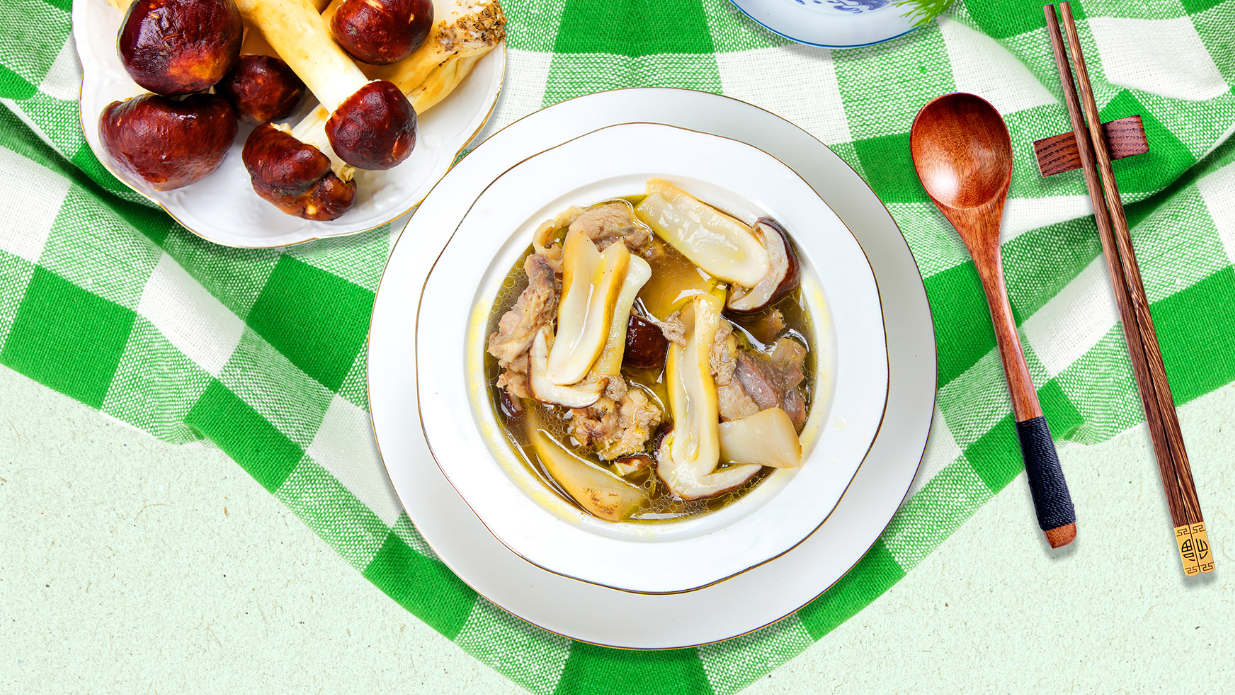
Curious about where in the world people are most passionate about mushrooms? A visit to Yunnan province, nestled in Southwest China, provides the answer. Strolling along the streets in any city here, you'll encounter shops selling vegetable oil, with large advertisements boldly proclaiming: "Stir-fry mushrooms for an especially delightful aroma!" Hotpot restaurants, filled with diners enjoying a mushroom feast, are scattered throughout every corner.
My friend Nie Rongqing grew up in Kunming, the capital city of Yunnan province. A writer who has published a book about Yunnan's mushrooms, Nie tells me that mushrooms are an indispensable part of any conversation about food for the people of this region.
In other words, in the culinary tapestry of Yunnan, mushrooms are so integral that without them, locals feel they would lack the credibility to discuss Yunnan cuisine with outsiders.
READ MORE: A historic tea route flows across time
Last September, when I met Nie at a restaurant in Kunming, he mysteriously announced that he had a precious gift for me. He cautiously took out two palm-sized matsutake mushrooms, freshly harvested from the mountains of Shangri-La the day before. He then summoned the waiter and instructed him to have the chef slice them.
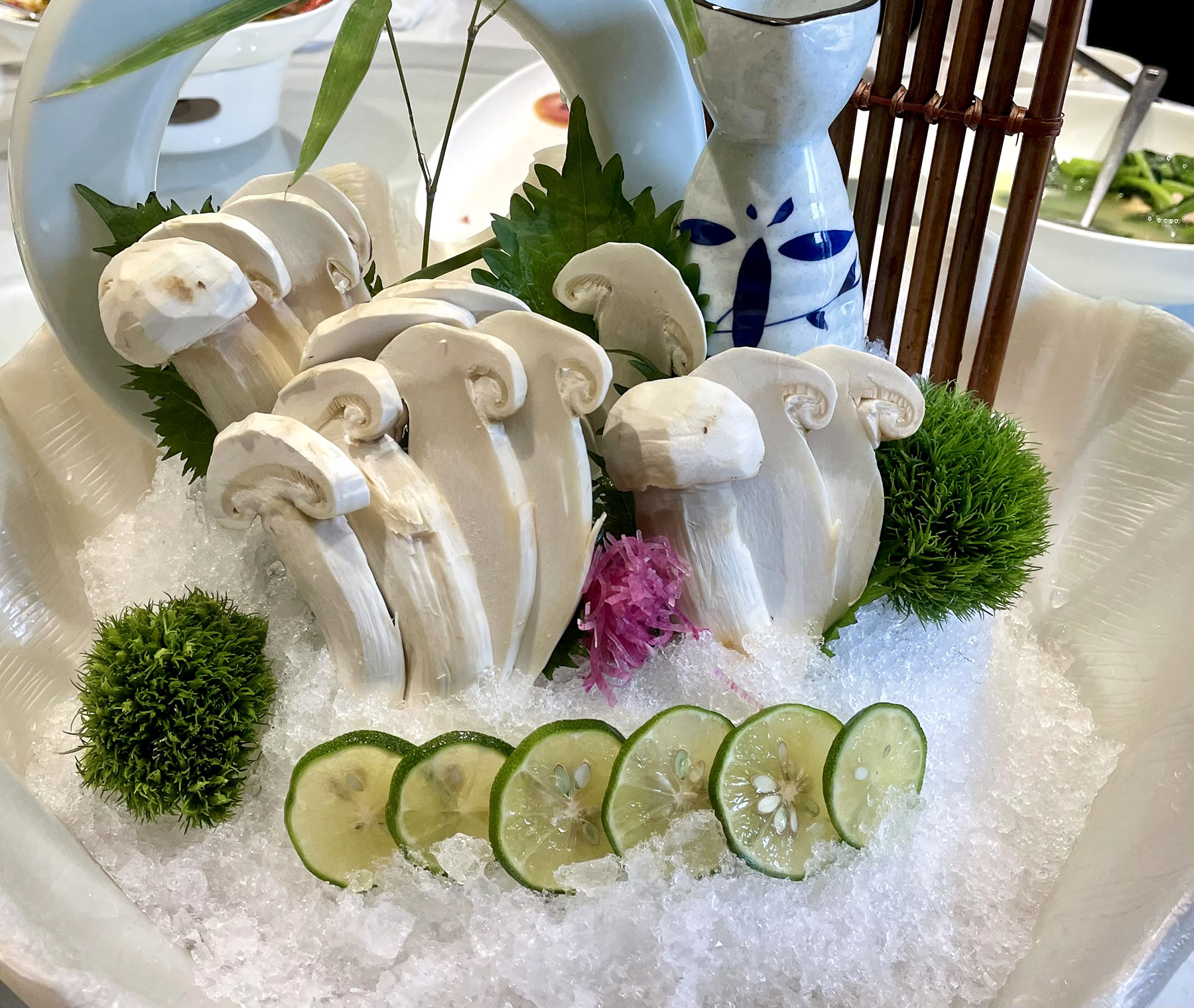
After a few minutes, the matsutake, still fragrant with the soil's earthiness, were expertly sliced into vertical pieces by the chef, transformed into a plate of matsutake sashimi, and served to us with soy sauce and wasabi.
"In Yunnan, the most treasured way to treat guests is to let them savor the most delicious mushrooms," he said with a smile.
In June, local people eagerly look forward to the arrival of the rainy season. With the generous downpours, a variety of mushrooms bursts forth from the mountainous terrain, signaling the start of the annual mushroom culinary season.
From July to September, a visit to any market in Yunnan offers a vibrant display of mushrooms in a spectrum of colors and unusual shapes. Locals lovingly refer to these as jier, a nickname reserved for these wild, untamable gifts of nature that defy cultivation. Harvested from the mountains, these natural treasures find their way into home kitchens and are celebrated as the most sought-after delicacies in eateries ranging from modest to upscale.
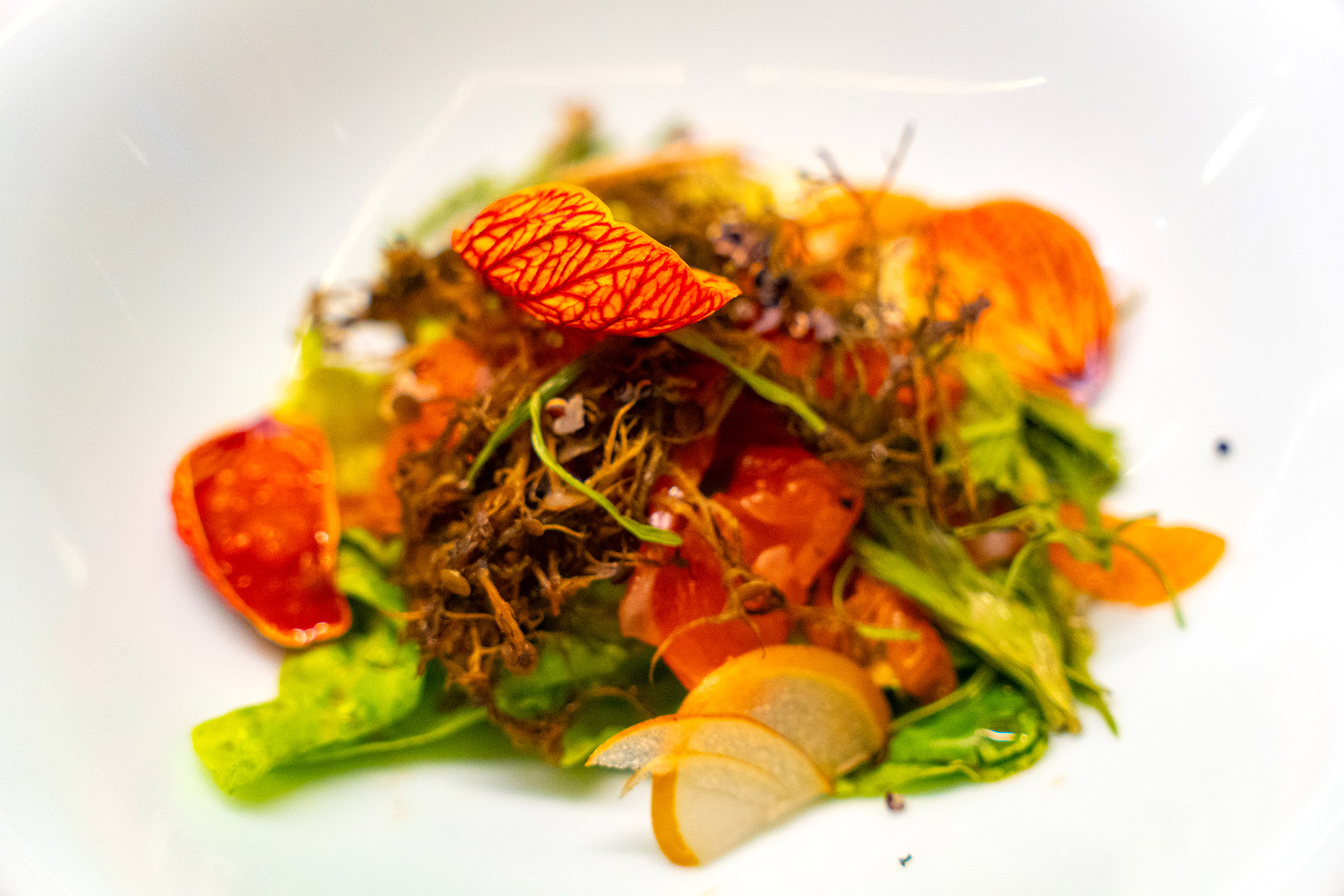
Culinary adventure
Earlier this month, I flew to Lijiang, embarking on a journey along the Ancient Tea Horse Road. My first meal was an eagerly anticipated mushroom hotpot. Although it wasn't mushroom season yet, and the fungi I savored had been preserved by freezing, their rich aroma and delightful taste were undiminished.
The local way to enjoy this dish is by combining chicken broth with mushrooms. As the server poured a generous array of mushrooms — varieties I couldn't even name — into the bubbling chicken broth, my excitement grew, and I could hardly wait to dig in. But then, in a twist, the server whisked away my chopsticks and placed an hourglass beside the pot, explaining that it was a timer.
The mushrooms needed a precise 15-minute boil to be safe to eat, lest they prove toxic. The removal of my chopsticks was a precaution to prevent eager diners like myself from sneaking a taste too soon and risking a culinary misadventure.
As it turned out, the 15-minute wait was absolutely worth it. The tender mushrooms, steeped in the rich, savory chicken broth, delighted my taste buds. In that instant, I understood exactly why the locals have such an enduring love for these mushrooms.
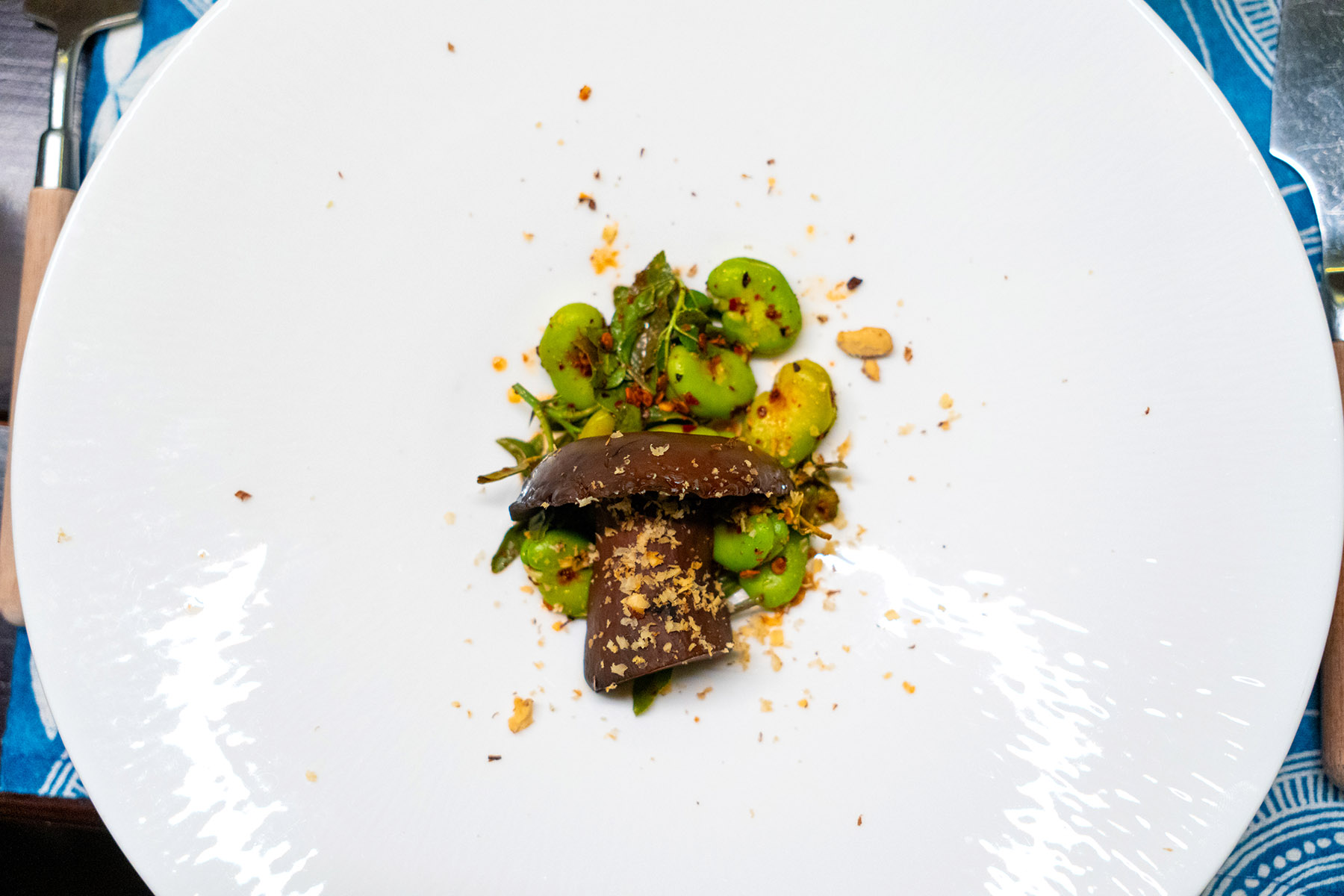
As I indulged in the delectable flavors, the waiter brought over a small plastic container with a bit of the mushroom chicken soup. It was meant to be kept as a sample in case of mushroom poisoning, demonstrating their thoroughness in ensuring diners' safety.
In Yunnan, however, the allure of these tasty mushrooms leads to many poisoning incidents every year. For example, a plate of stir-fried jianshouqing, a renowned variety, if not cooked properly, can have hallucinogenic effects. To eat or not to eat? The Yunnan people's stance is clear: It's worth the risk, even if it might be deadly.
Even the former US treasury secretary Janet Yellen couldn't resist the allure of jianshouqing. During her 2023 visit to China, she stopped by a Yunnan restaurant in Beijing and ordered four servings of this specialty in one meal.
In Yunnan, mushroom poisoning is shrugged off like a minor inconvenience. People here have a saying: Even if it means meeting the "little people" — a trippy side effect that has one dancing and reaching for invisible objects — it's worth taking a bite.
After all, they believe that a year without savoring a plate of stir-fried jianshouqing with rapeseed oil and red peppers is a year wasted.
Among the variety of mushrooms, the matsutake stands out as particularly delectable, and Shangri-La is a veritable haven for them. Upon my arrival in Shangri-La, I met young Tibetan Losang from Jidi village, who guided me to his hometown, known as "matsutake village".
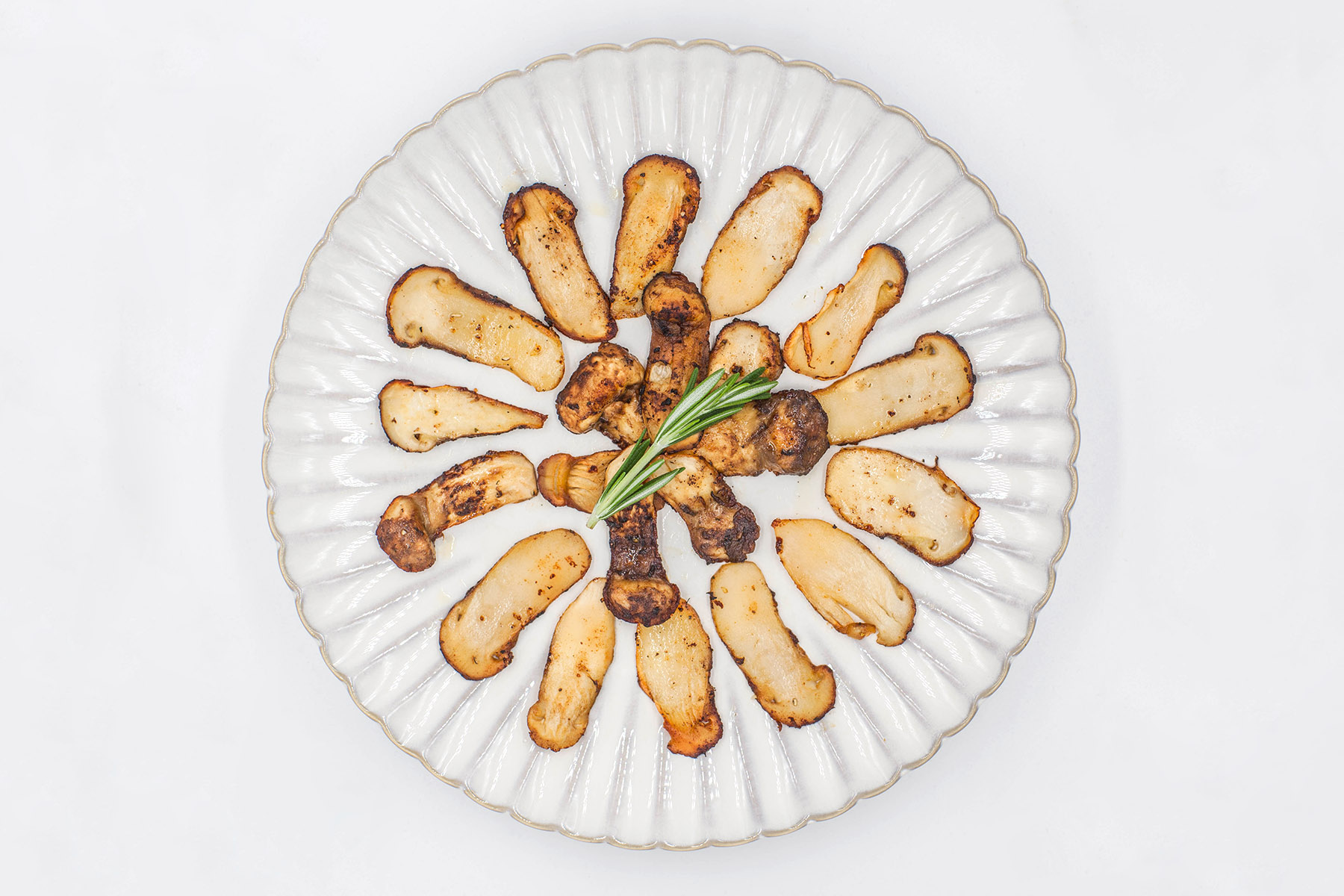
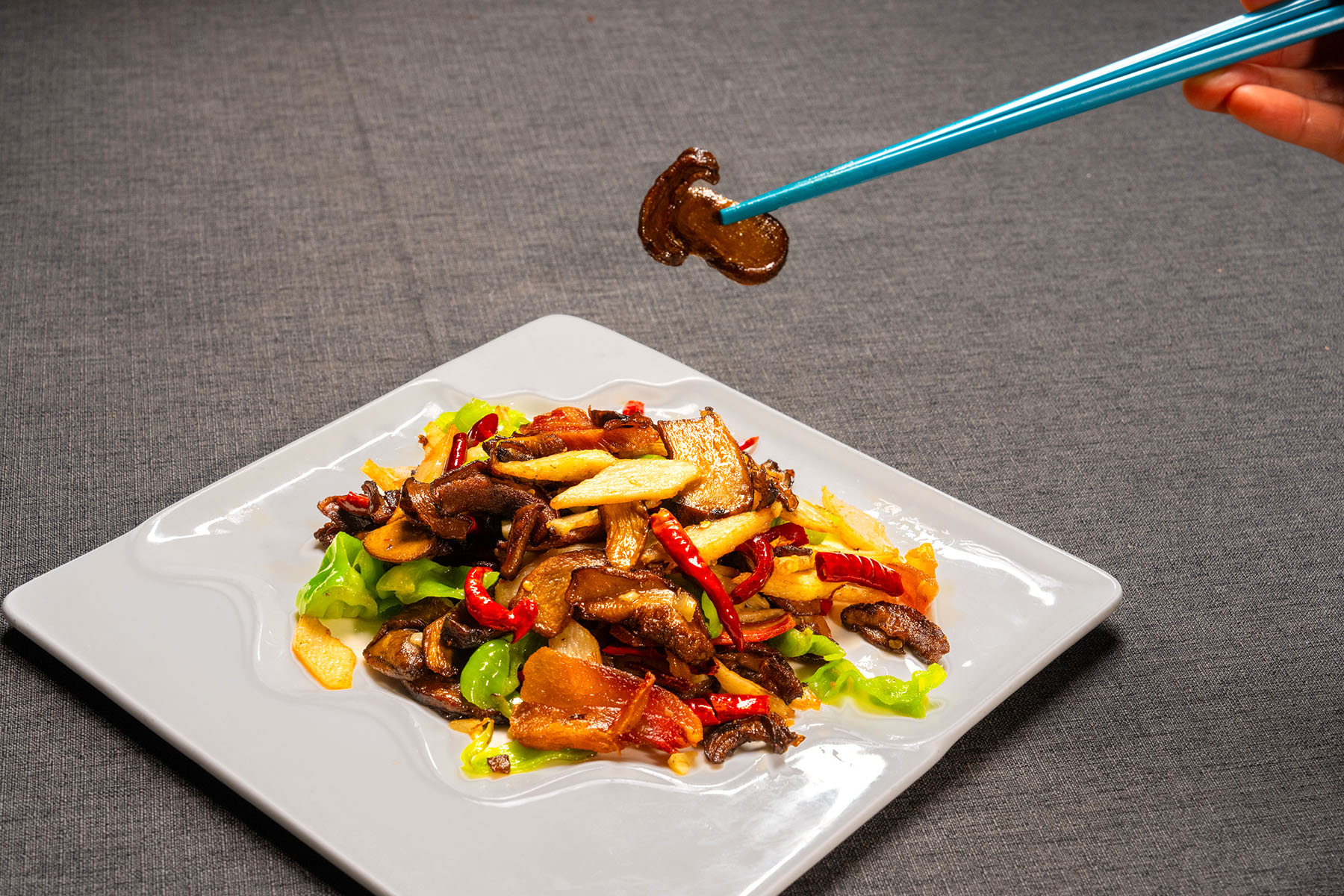
Nestled in a mountain embrace, this quaint village resembles a paradise lost to time. Every year, upon mid-July, the entire village ascends the mountains to harvest matsutake. It's also the time when the annual matsutake gourmet festival takes place.
The matsutake mushroom is a finicky marvel, demanding pristine conditions. If there's any hint of pollution or human interference, it simply refuses to grow. Its growth is a slow, deliberate dance with nature, taking several years to fully mature.
From a young age, Losang was well-versed in the art of foraging for matsutake mushrooms, a skill he honed over the years. He and his parents would typically set up a small wooden cabin in the mountains, armed with enough provisions to sustain them for several days of intensive gathering.
Locals have a penchant for savoring matsutake in chicken soup or simply stir-fried with chili peppers. Unfortunately, my visit took place before the mushrooms have made their earthy debut. Losang invited me to return in September, promising a taste of nature's bounty at its finest.
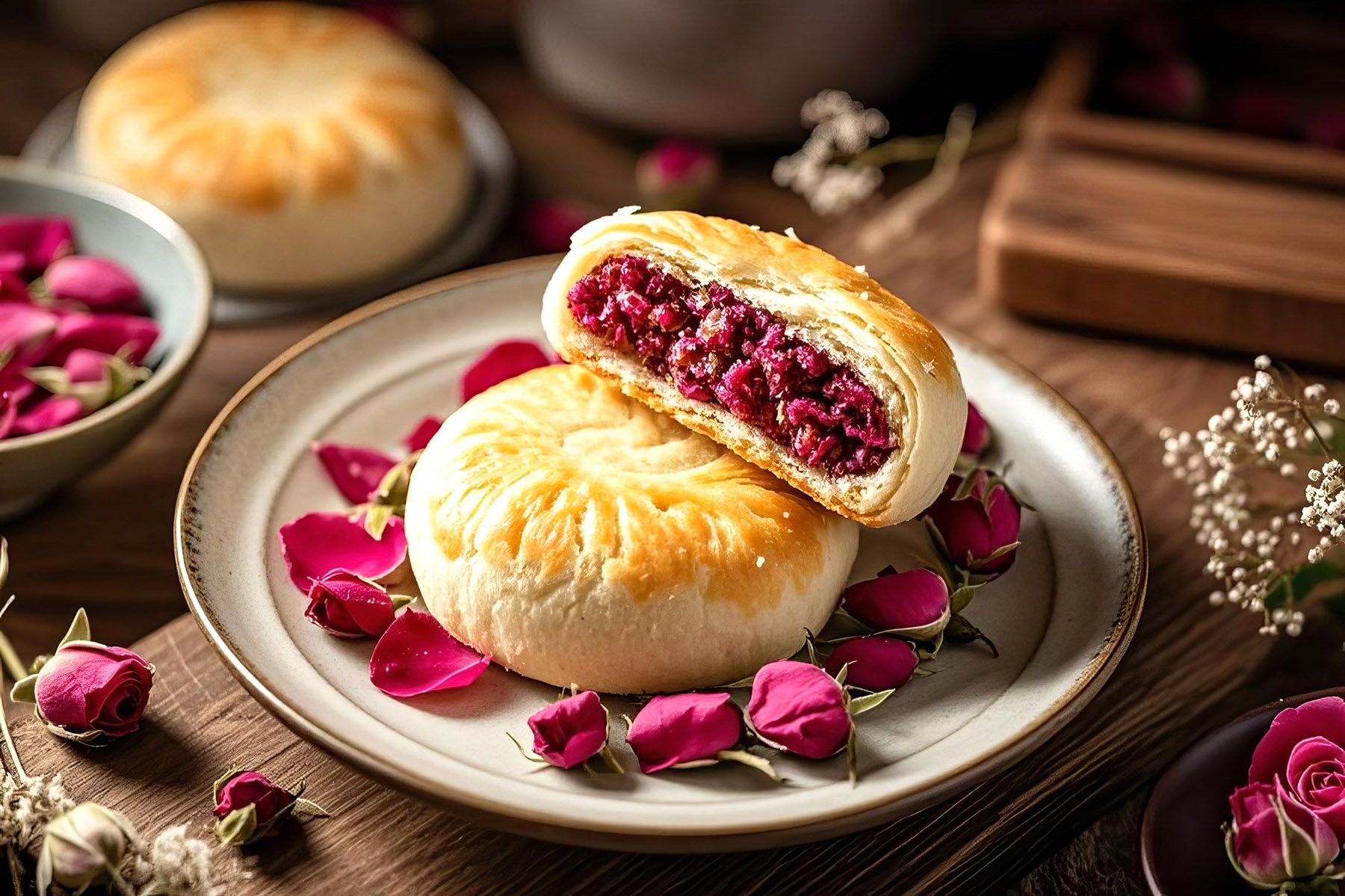
Flower flavors
In the vibrant tapestry of Yunnan's culinary scene, apart from mushrooms, edible flowers stand out as hallmark ingredients, weaving together a unique gastronomic narrative. One of the most ubiquitous treats you'll find in every nook and cranny is the rose pastry, a delicate confection infused with the essence of roses. But the floral adventure doesn't stop there.
The locals, with their inventive spirit, employ a variety of cooking techniques to transform flowers I've never encountered — or even imagined — into delectable dishes.
ALSO READ: A tea time to savor
Imagine sour pickled greens stir-fried with pear blossoms, omelets infused with the subtle fragrance of cassia and jasmine flowers, or soups and steamed rice delicately flavored with locust flowers. For the people of Yunnan, the exploration of edible flowers is more than just a culinary pursuit; it's a joyful and integral part of their way of life.
I wandered into a local market in Kunming and stumbled upon a scene that piqued my curiosity. A woman arranged dozens of vibrant flowers in front of her stall. I asked her why flowers were sold in a food market. To my surprise, she said that these blossoms are all destined for the dining table. Intrigued, I asked her how they were meant to be cooked. With a twinkle in her eyes, she replied, "Any way you like, as long as it pleases your palate."
Li Yingqing contributed to this story.
Contact the writer at dengzhangyu@chinadaily.com.cn


